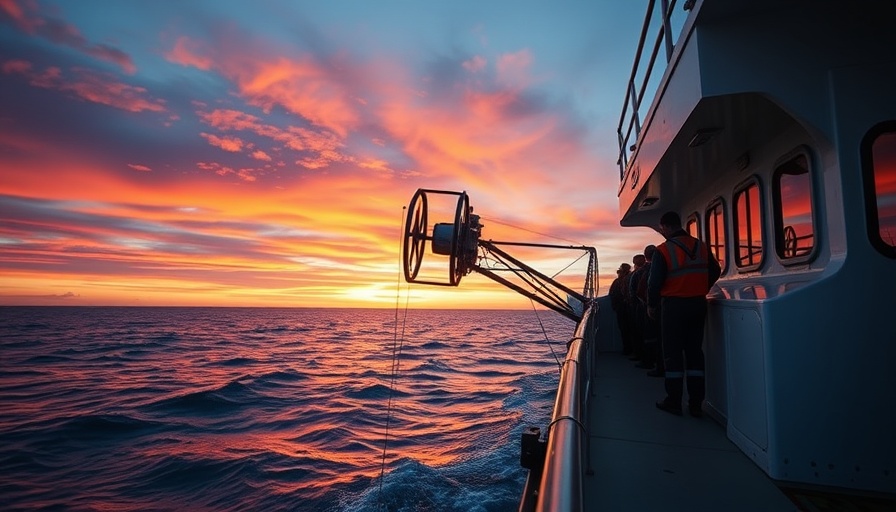
The Gulf's Dead Zone: A Hotspot for Environmental Crisis
Every summer, the Gulf of Mexico faces a daunting environmental challenge as a vast "dead zone" emerges. This area, where oxygen levels plummet, threatens marine life and the ecosystems that depend on it. The phenomenon is primarily driven by nutrient runoff from agriculture, particularly fertilizers that wash into rivers and eventually flow into the Gulf. These nutrients stimulate excessive algal growth, consuming oxygen and leaving behind barren waters, creating conditions that are hostile to fish and other marine organisms.
Challenges Facing the Research Efforts
The initiative to measure the Gulf's dead zone typically involves research cruises, where scientists collect crucial data about oxygen levels, temperature, and the health of marine species. However, this year, the funding for these critical investigative cruises appears to be threatened. Researchers have expressed concern that without adequate financial support, these efforts to monitor the dead zone and better understand its causes and effects could be severely hindered.
The Interconnectedness of Ecosystems and Industry
Interestingly, the health of the Gulf of Mexico has profound implications not only for local wildlife but also for industries that rely on marine resources. The fishing and tourism sectors stand to suffer as fish populations decline due to adverse environmental conditions. Thus, the stakes of adequately monitoring the Gulf’s health extend beyond environmental concerns; they also touch on economic realities for communities dependent on these resources.
Funding Dilemmas: A Broader Ecosystem Issue
Funding is a persistent concern across various research fields, particularly in environmental science, where financial backing often sees direct cuts during budget reallocations. As climate change impacts amplify, the need for thorough scientific data is imperative. Each delay in research could result in irreversible consequences, affecting both biodiversity and local economies. If funding for measuring the Gulf's dead zone falls through, the ripple effects will be felt well beyond academia.
What Can Be Done to Address Funding Challenges?
Raising public awareness about the scientific challenges in the Gulf presents an opportunity for advocacy. Stakeholders including local fishermen, environmental groups, and engaged citizens must rally behind funding initiatives for environmental science. Engaging with policymakers to highlight the importance of such research could stem budget cuts and lead to more substantial investment in environmental monitoring programs.
Only by recognizing the interconnected nature of our ecosystems and economies can the community mobilize effectively to safeguard the Gulf of Mexico. The call for action is clear: monitor our waters and support the research that protects their future.
 Add Row
Add Row  Add
Add 




Write A Comment